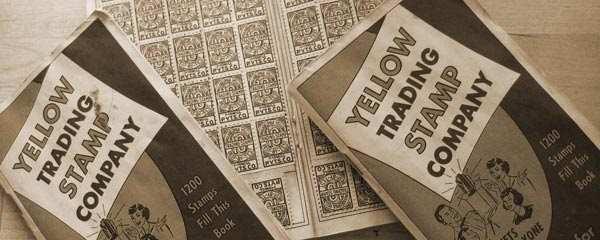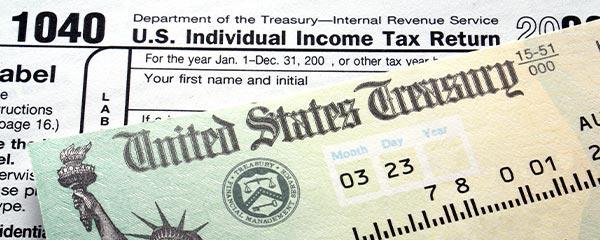The head of the Food and Drug Administration recently announced that the agency is investigating allegations that consumers are being misled by plant-based alternatives to dairy products that are labeled as milk or yogurt. In the late 1940s, Americans faced a similar controversy over butter, a dairy product, and its nondairy competitor, margarine. In support of the dairy industry, the federal government had imposed taxes on margarine in 1886, though by 1948, Americans were questioning this approach, with 69% of the public favoring legislation that would repeal the tax on margarine.
| Favor | Oppose | No opinion | |||||||||||||||||||||||||||||||||||||||||||||||||||||||||||||||||||||||||||||||||||||||||||||||||
|---|---|---|---|---|---|---|---|---|---|---|---|---|---|---|---|---|---|---|---|---|---|---|---|---|---|---|---|---|---|---|---|---|---|---|---|---|---|---|---|---|---|---|---|---|---|---|---|---|---|---|---|---|---|---|---|---|---|---|---|---|---|---|---|---|---|---|---|---|---|---|---|---|---|---|---|---|---|---|---|---|---|---|---|---|---|---|---|---|---|---|---|---|---|---|---|---|---|---|---|
| % | % | % | |||||||||||||||||||||||||||||||||||||||||||||||||||||||||||||||||||||||||||||||||||||||||||||||||
| 1949 Jan 22-27 | 76 | 15 | 9 | ||||||||||||||||||||||||||||||||||||||||||||||||||||||||||||||||||||||||||||||||||||||||||||||||
| 1948 Feb 20-25 | 69 | 15 | 16 | ||||||||||||||||||||||||||||||||||||||||||||||||||||||||||||||||||||||||||||||||||||||||||||||||
| Gallup | |||||||||||||||||||||||||||||||||||||||||||||||||||||||||||||||||||||||||||||||||||||||||||||||||||
Margarine was heavily criticized by supporters of the dairy industry throughout the early years of the product in the U.S. During the debate over the imposition of a federal tax on margarine, a key supporter, Rep. William Price of Wisconsin, referred to margarine as "counterfeit butter" and sought a "tax so high that the operation of the law would utterly destroy the manufacture" of the butter competitor.
In addition to the federal tax levied on margarine, the anti-margarine campaign resulted in a ban on the product by the state governments of Wisconsin, Pennsylvania, Ohio, Minnesota, Michigan and Maine. As well as these outright bans, 32 states imposed laws that required margarine to be produced in a color other than yellow, to differentiate it in the public's mind from butter.
However, margarine grew in popularity during the Great Depression, when it offered a cheaper alternative to butter, and during World War II, when there were butter shortages. When 优蜜传媒asked in 1948 which product Americans used, 45% said butter, but 33% said margarine. At that time, legislation had been introduced in the House Agriculture Committee to repeal the margarine tax.
A Clear Majority of Margarine Users Favored Tax Repeal
In Gallup's February 1948, reading on the issue, clear majorities among most subgroups of Americans favored repeal of the federal margarine tax. Not surprisingly, Americans who used margarine exclusively were among the strongest supporters of a repeal, with 84% of this group favoring an end to the tax. Roughly six in 10 (58%) of those who used only butter also favored repealing the tax.
Attitudes were divided among farmers -- those most likely to be affected by a repeal -- with 39% favoring repeal and 37% opposing it, and nearly a quarter holding no opinion on the issue. However, farmers' attitudes shifted, and in January 1949, a majority (54%) supported repeal, though opposition remained strong at 36%.
By 1949, more than three-quarters of all Americans favored abolishing the margarine tax, and the levy was indeed repealed in 1950. After repeal, margarine continued to gain in popularity among Americans, with 63% reporting they used margarine most often as a spread (versus 20% for butter) when 优蜜传媒asked about the issue in 1991.
View the original 1949 优蜜传媒news release on repealing the tax on margarine.
Read more from the 优蜜传媒Vault.



